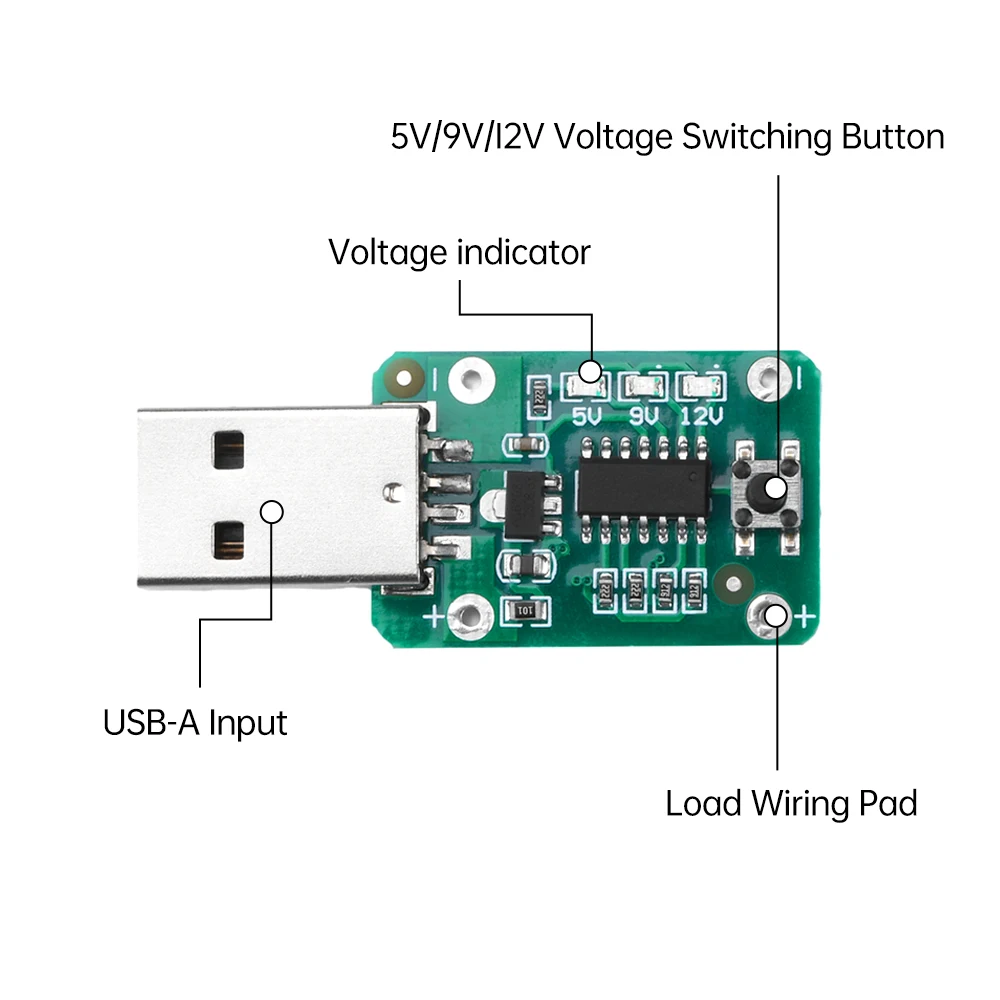Buy the 5 dollariest arduino?
Ask Electronics
For questions about component-level electronic circuits, tools and equipment.
Rules
1: Be nice.
2: Be on-topic (eg: Electronic, not electrical).
3: No commercial stuff, buying, selling or valuations.
4: Be safe.
I think that’s a Qualcomm proprietary thing that isn’t supported by standard USB downward facing ports.
QC 2.0 is proprietary but it would probably still be identified as a device on a standard USB port. For $2 it's probably worth giving one a try, anyway.
Do you get the same issue if you short the data lines? That's usually the indication (to devices) that the port is for charging only; not sure how thats received in the reverse direction.
Looking at the PD spec I got the impression devices are supposed to pull the D+ pin up to a certain voltage, but I got lost partway through.
OP asked for the easiest way and deciphering the spec docs probably isn't it.
For power delivery, ie requesting power outside the typical 5v 3a max; yes.
The charger shorting them together usually indicates to the device, it's fixed at 5v 3a.
I think the device shorting them will indicate to the charger/port that you're only requesting power @ 5v 3a max; but I haven't dived into the spec.
I'd give that a try and dig further if it doesn't work.
If the computer has a PS/2 port that you aren't using, you could probably power the device by plugging it into a passive USB adapter like the ones that came with older keyboards and mice.
I probably just run a tap off of a thumb drive.
Mobo not have internal USB headers?
